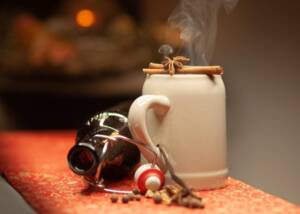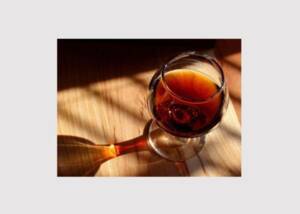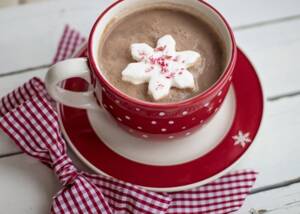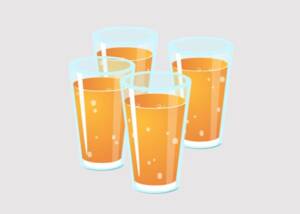Gin and tonic glows blue in black light
News News blog
Actually, you don't even need gin for the glowing effect. The bluish glow does not come from gin, but from quinine, which is added to tonic water as a bittering agent.
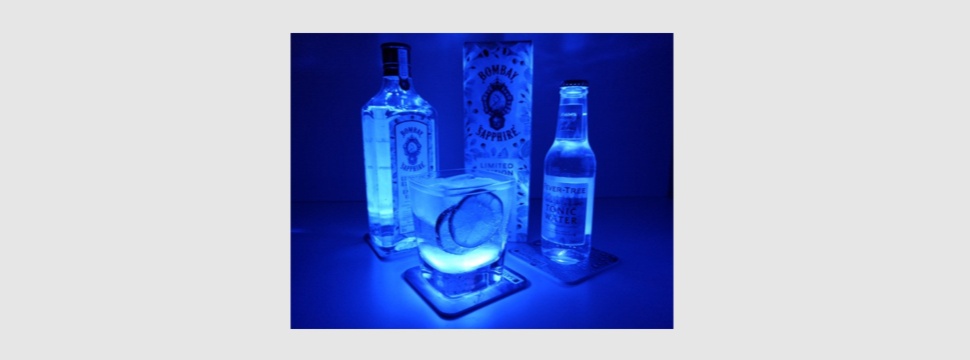
The quinine absorbs the extremely short-wave black light and emits it in much longer waves. The human eye perceives these longer waves as blue tones. This process is called fluorescence.
Party tips:
- Get a black light lamp.
- The darker the room, the stronger the blue glow. Therefore, reduce other light sources.
- The more quinine the drink contains, the stronger the blue glow.
- Since not everyone likes tonic, you can also achieve the blue light effect with bitter lemon.
- Guests who do not drink alcohol can do without the gin altogether and enjoy tonic or bitter lemon.
- If you fill tonic or Bitter Lemon into ice cube trays, you will later have ice cubes glowing in cool blue.
However, a drink containing quinine is not suitable for every party guest. Pregnant and breastfeeding mothers as well as people with tinnitus, damaged optic nerve, muscle weakness and heart disease should avoid tonic or bitter lemon. But they can then at least visually enjoy the blue light effect in the glasses of the other party guests.

